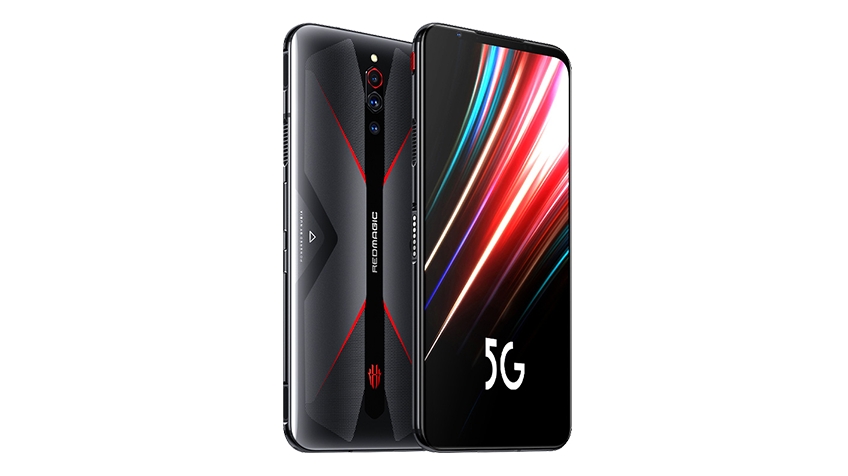Nubia Red Magic 5G gaming phone announced with supercharged specs
And a tempting price

The Nubia Red Magic 5G has just been announced and it could provide some serious competition to the Black Shark 3 and Black Shark 3 Pro gaming phones, as like those handsets it uses a top-end Snapdragon 865 chipset, but it has even more RAM, at up to 16GB.
Other specs include a 6.65-inch 1080 x 2340 AMOLED screen with a 144Hz refresh rate, which is more than the 90Hz of the Black Shark 3 or even the 120Hz of the Samsung Galaxy S20 Ultra.
There’s also up to 256GB of storage, a big 4,500mAh battery (with super speedy 55W charging), and a triple-lens camera, headlined by a 64MP main sensor. That’s then joined by an 8MP ultra-wide one and a 2MP macro one, while there’s also an 8MP selfie one in a punch-hole on the front.
- These are the best gaming phones
- Read our full Nubia Red Magic 3 review
- Check out our Razer Phone 2 review

The Red Magic 5G runs Android 10, supports 5G (obviously), has an in-screen fingerprint scanner, and has gaming-focused features, such as a built-in cooling fan. The design, like many gaming phones, is somewhat rugged and showy, especially as there’s an RGB light panel on the back. That’s sure to put as many people off as it attracts.
But the price could tempt even those put off by the design, as the Nubia Red Magic 5G starts at CNY3,799 in China, which is around $540 / £430 / AU$860. That’s for a model with 8GB of RAM and 128GB of storage, and the price does rise to around $710 / £570 / AU$1,130 for a model with 16GB of RAM and 256GB of storage, but that’s still substantially less than most flagships.
Of course, we wouldn’t expect an exact conversion if and when the Nubia Red Magic 5G lands in your region, but gaming phones are typically cheap for the specs that they offer, so this could still be a way to get some of 2020’s best smartphone specs on a relative budget.
As for if and when you’ll be able to buy the Red Magic 5G, a global launch is planned for some point in April, so stay tuned for updates then.
Sign up for breaking news, reviews, opinion, top tech deals, and more.
- Stock up on the best Android games
James is a freelance phones, tablets and wearables writer and sub-editor at TechRadar. He has a love for everything ‘smart’, from watches to lights, and can often be found arguing with AI assistants or drowning in the latest apps. James also contributes to 3G.co.uk, 4G.co.uk and 5G.co.uk and has written for T3, Digital Camera World, Clarity Media and others, with work on the web, in print and on TV.